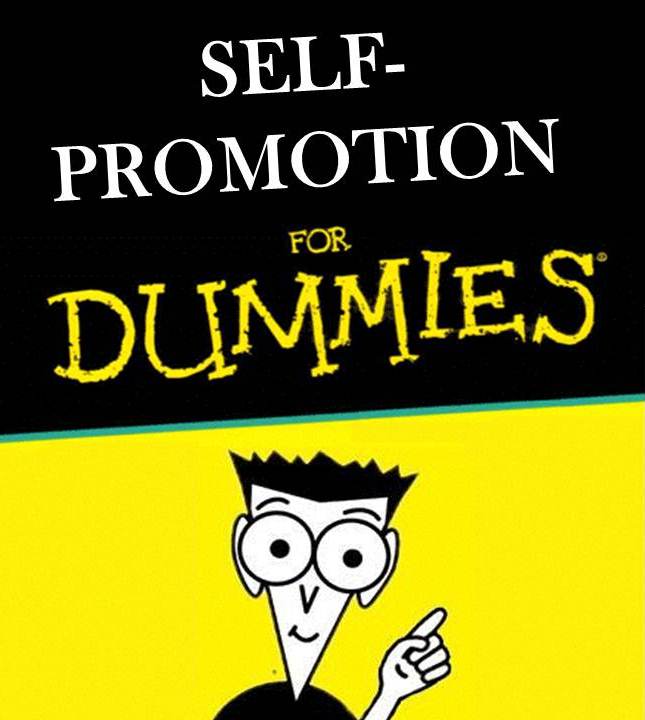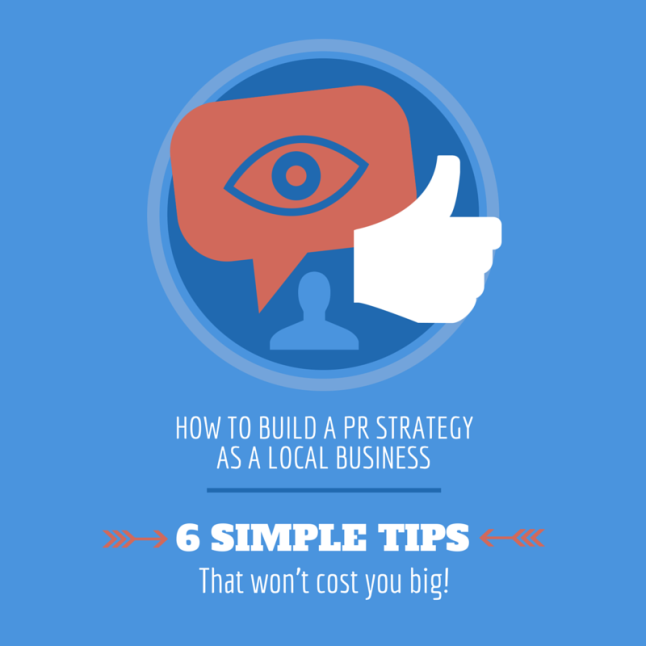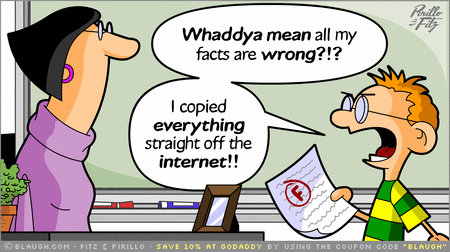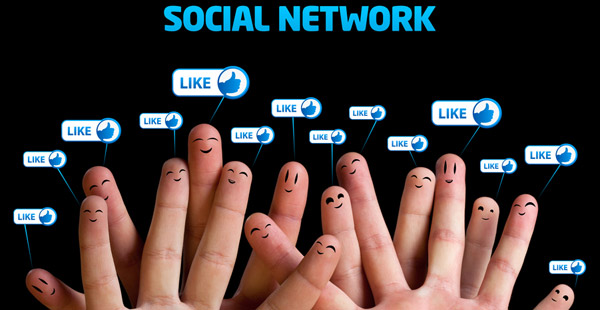 Note: If you’re a social media expert, this post will probably not be of much help to you. But you can feel free to check out our other marketing tips and tricks here, or learn about our internet marketing services here.
Note: If you’re a social media expert, this post will probably not be of much help to you. But you can feel free to check out our other marketing tips and tricks here, or learn about our internet marketing services here.
Want more beginner tips? Read Back to Basics #1: What is SEO?
And be sure to follow our blog for posts delivered to your inbox!
What is Social Media?
If you own your own business, you’ve probably been told that you need to set up social media accounts. And while you’re probably already familiar with Facebook and YouTube, you might not know a lot about Twitter, Instagram, Pinterest, or Google Plus. In fact, you might think that some of these platforms have nothing to do with your company or are completely useless in your advertising and marketing efforts.
Well, you would be wrong.
Social media is one of the most powerful tools you can leverage in your advertising campaign. In this post, we’ll talk a bit about what social media actually is, as well as how some of the top platforms can benefit your company—even if you run a small local business.
The Hidden Value of Sharing Content
Simply put, social media is text, images, and videos that can be easily shared across a public platform. It’s a bit like email—you can write your thoughts, include some pretty pictures, and send it off. However, unlike email, social media enables you to share your thoughts and media with everyone across your network at once. And those people can share it with people in their network, and so on and so forth. Plus, you can reach people who you never would have via email!
Are you starting to see now just how valuable this can be for advertising?
You’ve probably heard about certain things going “viral”: Grumpy cat, auto-tuned newscasts, and dancing babies are just a few of the contenders. All the publicity that these folks got originally came through social media sharing.
In other words, it was pretty much free.
Now, we can’t all expect to be the next big internet sensation, but we can use social media to increase customer engagement, gain free advertising, and promote a positive brand image. By understanding the power that social media holds for your company, you will be able to give yourself a leg up on your competition.
How Does this Benefit a Small Business?
Okay, so you’re on board with the idea of signing up for social media accounts now. That’s great! But before you go out and create 15 profiles, let’s talk a bit about the platforms we offer at Internet Local Listings, and take a look at the pros and cons of each. We won’t discuss the other platforms in this article.
First, not every company is built the same way. And not every social media platform will be perfect for every company. In other words, what works for a cupcake bakery probably won’t yield the same results for a roofing contractor.
Second, you should note that managing these accounts takes time and effort—so only sign up for the accounts you think will benefit you the most. You can easily become overwhelmed trying to maintain your accounts, and if you’re not doing a good job keeping up with your customers via social media, you’re not going to be getting the most out of your efforts.
The Platforms We Offer

Image courtesy of: http://thenextweb.com/facebook/2014/04/17/facebook-launches-optional-nearby-friends-feature-android-ios/
Facebook: Facebook is, hands down, the most widely used social media platform in the world. With over 757 million (yes, million) daily users, Facebook has a wide reach and is an untapped advertising source for many small business owners.
The pros of signing up for Facebook:
- It’s easy to learn to use—you probably already have a personal account, and running a business page isn’t much more complicated than using a personal profile.
- It’s free to sign up, and you’ll never have to pay a dime to run your own professional business page if you don’t want to. You can pay to advertise if you so choose, but you’re never going to be forced to purchase anything.
- Facebook’s reach goes as far as you want it to, but it also has a strong local presence. You can build your network as you see fit for your company.
The cons of singing up for Facebook:
- It’s oversaturated. Its biggest strength can also be a weakness, particularly for a small business or a new face on the internet. A Facebook page can be difficult to grow from scratch, and the companies who already have an established customer base tend to do the best.
- Changes in Facebook algorithms mean that paid content is seen more frequently than free content. Basically, because Facebook went public, they’re finding more ways to make money. One of the biggest ways they’ve found is to have users “boost” posts by paying to ensure the content they share is seen by more people. If you don’t want to pay, there’s a bigger chance your content will be swallowed by the paid content.
So who benefits from Facebook?
Although established businesses tend to fare better, starting a Facebook page is an easy and effective way to engage your existing clients as well as inform potential customers about your products. It’s also highly valued by Google and can rank right under your own website—so even if you don’t see much point in sharing updates on Facebook, we’d recommend that every company sign up, even if only for the ranking benefits.
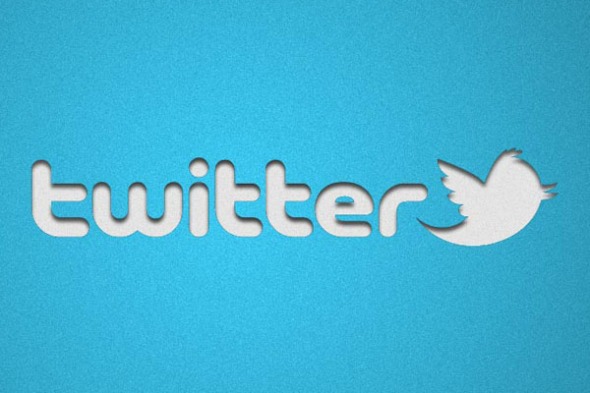
Image courtesy of: http://mybroadband.co.za/news/internet/79423-top-twitter-users-in-south-africa.html
Twitter: Twitter is probably the most understood social media platform that we offer for our clients. The reason for the confusion is that most small businesses hear about the “trivial” things posted on Twitter—what you had for lunch, a selfie, a dog doing a headstand (okay, that’s actually pretty impressive, right?). What they don’t know is that, when used properly, it can be a rapidly-growing social network, and it offers extremely fast and efficient content sharing. Sharing media on Twitter is practically mindless—one click of a button and you’ve sent off a “tweet” that you find interesting to your followers. They can tweet it to their followers, and so on. You only have 140 characters to work with, though, so you’ll have to get creative.
The pros of signing up for Twitter:
- Twitter is easy to use and extremely efficient. You can connect with like-minded people quickly and engage in brief, to-the-point conversations.
- Twitter was made to share links. If you tweet your blog posts or share a photo on Twitter, people will click. It’s very effective to boost page visits.
- Although there’s a lot of bad content, it’s easily drowned out. Twitter moves fast. Don’t like what a person has to say? Block them or mute them and they’ll disappear from your feed. Want to amplify a positive voice? Retweet that person or tell your followers to follow them. Being social is easy on Twitter.
The cons of signing up for Twitter:
- There is a lot of self-promotion on Twitter. Yes, you have signed up to promote your business, but the point of social media is to engage. If you’re out there screaming about how you have the best lawn fertilizer in all of Texas over and over again every day, people are going to unfollow you. Finding that balance between self-promotion and sharing can be tricky for newcomers.
- It tends to be widespread. If you’re looking to connect locally, Twitter might not be the best place to advertise. People on Twitter tend to network from around the globe. Furthermore, most people you meet will probably be other business owners, and you’ll have to find a way to connect with them in a positive way.
- As mentioned above, it’s brief. It can be frustrating to try to make an impactful statement in 140 characters or less!
So who benefits from Twitter?
We truly believe that almost any company can use Twitter to their advantage. Local contractors can connect with suppliers and other people in their industry. Spas can connect with big-name beauty brands and clients. Artists can network with other artists to promote their work. With a little bit of creativity, you can build a network that helps you in your marketing endeavors.
What is Social Media to you?
There’s a lot of time and energy involved in running a social media campaign—setting it up, scheduling regular updates, networking, answering customer concerns, and running promotions. And we only touched on the two platforms we offer for our clients at Internet Local Listings—there are certainly others to explore. What does your time and money mean to you? Are you ready to take the plunge?
If you’re interested in learning more about Facebook and Twitter or you’d like to hire social media professionals to maintain your accounts for you, simply contact Internet Local Listings here. We’d be glad to discuss your social media goals with you!












